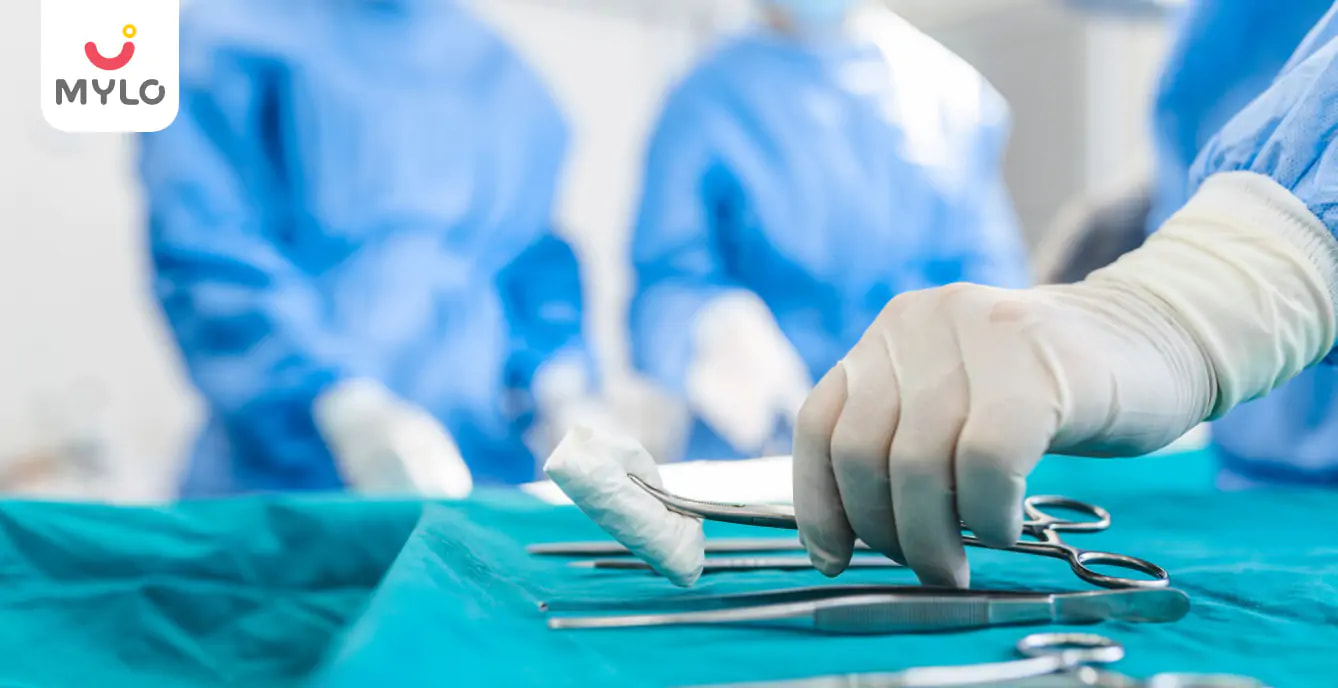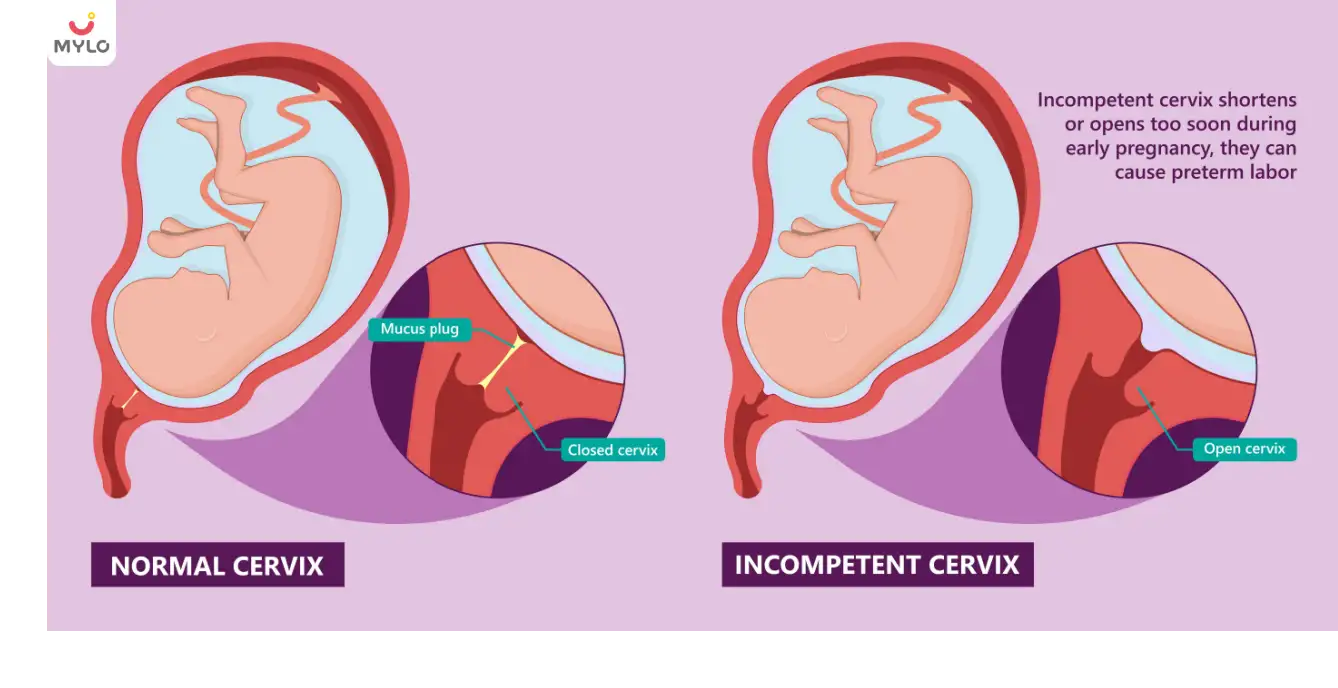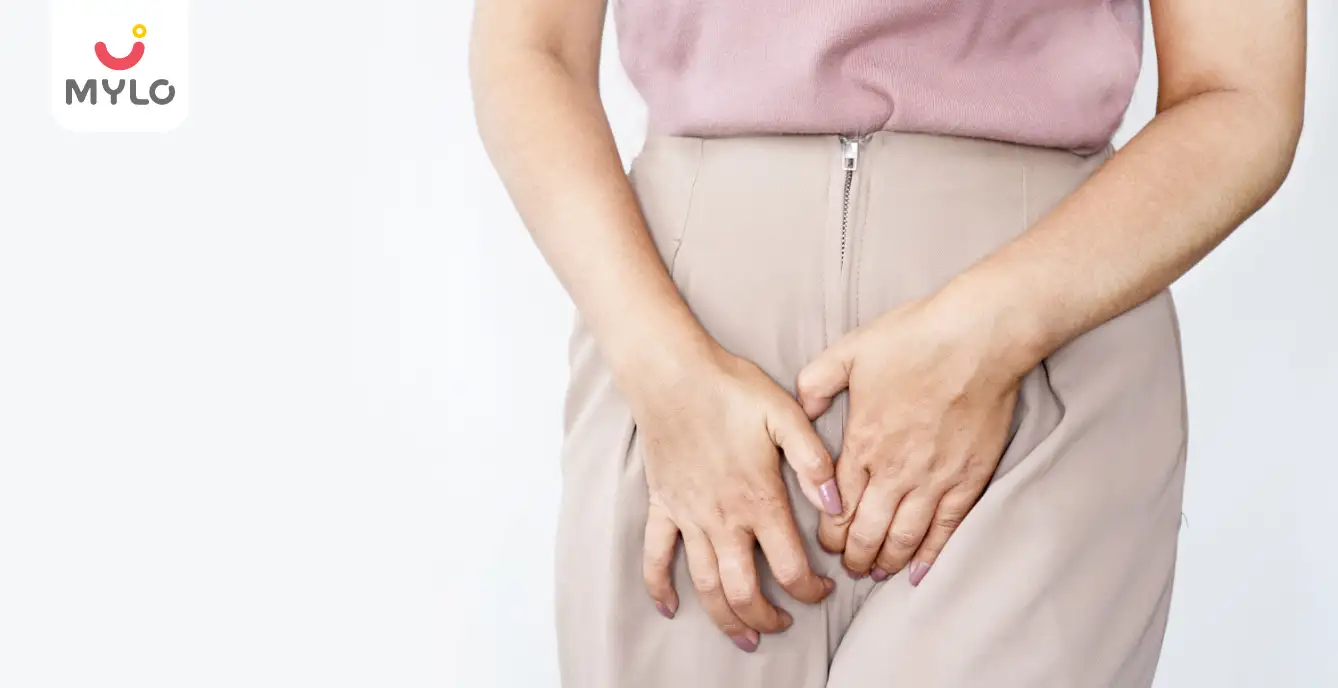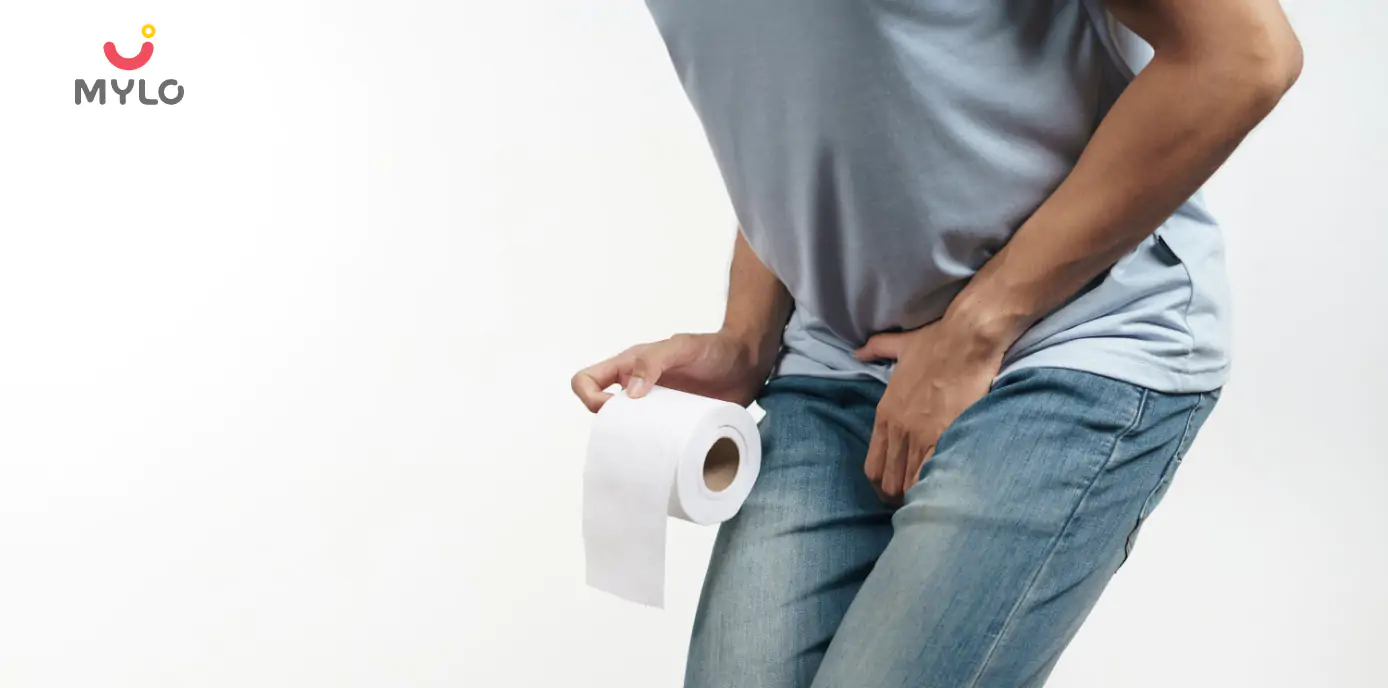Home

Abortion

Dilation and Curettage (D&C): Procedure, Risks & Benefits
In this Article

Abortion
Dilation and Curettage (D&C): Procedure, Risks & Benefits
Updated on 6 October 2023
Dilation and curettage, also known as D&C procedure, is a brief surgical procedure to remove tissue from a woman’s uterus. A woman may need a D&C test if she has suffered a miscarriage, has leftover tissue after an abortion or experienced unexplained bleeding during periods.
In this article, we will understand in detail the DnC meaning, the procedure, risks, benefits and prevention.
What is Dilation & Curettage (D&C)?
Dilation and curettage is a brief surgical procedure done to remove tissue from a woman’s uterus. The D&C procedure involves the following:
1. Dilation of the cervix
The doctor will dilate or open your cervix, which is the opening of your uterus. Usually, the cervix only dilates before childbirth.
2. Curette
The doctor using a thin instrument scrapes the uterine wall to remove tissue.
You may also like : Miscarriage During Early Pregnancy: Causes, Symptoms & How To Avoid?
Procedure Details of Dilation & Curettage
Before beginning the D&C procedure, the doctor will give a medicine to help make you comfortable. You may be given general anesthesia so that you remain asleep for the procedure or you may be sedated but remain awake during the procedure.
During the D&C procedure, you will lie on a table with your feet in stirrups and:
1. Insert a speculum inside your vagina to help open up your cervix.
2. Use a clamp to hold the cervix in place.
3. Ensure that the cervix is dilated enough, using a series of rods to open it gradually.
4. Use a curette, a thin suction or scraping device, to clean out the tissue from your uterus.
Uterine curettage usually takes about ten minutes but the overall process may be longer. You will need to wait for a few hours after DnC treatment before you can go home.
You may also like : Myths and Facts: Can Heat Inducing Food Cause Miscarriage?
Risks of Dilation & Curettage
Although D&C procedure is safe and routine, it may have some risks like any other surgery. The risks of D&C procedure include the following:
1. Uterine perforation or a small tear in the uterus which can happen if the tip of the curette passes through the uterine wall
2. Uterine infection
3. Uterine bleeding
In the rarest of cases, a woman may develop Asherman’s syndrome if she has a D&C after a miscarriage. Asherman’s syndrome occurs when adhesions or scar tissues form in the uterus and begin to build up between the uterine walls. This causes the uterine walls to stick together, which may lead to infertility and changes in menstrual flow. However, doctors treat adhesions with surgery in most cases.
You may also like : Missed Miscarriage: Symptoms, Causes & Treatments
Benefits of Dilation & Curettage
A DnC treatment has the following benefits:
1. Helps remove any leftover tissues from the uterus after a miscarriage or abortion
2. Helps prevent heavy bleeding and infection that may arise from any leftover tissues
3. Helps identify the reason behind abnormal bleeding
4. Helps to detect abnormal endometrial cells, which may be a symptom of uterine cancer
5. Helps remove any tumor that may form instead of a typical pregnancy (molar pregnancy)
6. Helps treat excessive bleeding after childbirth by clearing out placenta remains from the uterus
7. Helps remove cervical or uterine polyps, which are mostly noncancerous
How to Prevent Dilation & Curettage?
Dilation and curettage is only performed in specific cases such as abortion or miscarriage. You may be able to prevent the D&C procedure in case you get an early abortion using a pill. But only a doctor can help determine which is the best course of treatment for you.
When to See a Doctor
You must contact your doctor if you experience any of the following after a D&C procedure:
1. Heavy bleeding requiring you to change pads every hour
2. Dizziness or lightheadedness that lasts
3. Fever
4. Cramps for more than 48 hours
5. Worsening pain
6. Foul-smelling vaginal discharge
Closing Thoughts
Dilation and curettage is a brief and safe procedure carried out to remove tissues from the uterus. After the D&C procedure, your uterus will build a new lining which may cause your period to be early or late. If you had a D&C after a miscarriage and want to become pregnant, you must ask your doctor when it’s safe to try again.
References
1. Lohmann-Bigelow J, Longo SA, Jiang X, Robichaux AG 3rd. (2007). Does dilation and curettage affect future pregnancy outcomes? Ochsner J.
2. Cooper DB, Menefee GW.(2022). Dilation and Curettage.



Written by
Anupama Chadha
Anupama Chadha, born and raised in Delhi is a content writer who has written extensively for industries such as HR, Healthcare, Finance, Retail and Tech.
Read MoreGet baby's diet chart, and growth tips

Related Articles
RECENTLY PUBLISHED ARTICLES
our most recent articles

Reproductive health
Alivher Tablet Uses: How to Maximize the Benefits for Your Reproductive Health

Preterm Labour
Incompetent cervix: Causes, Symptoms, & Treatment

Pregnancy Precautions
Soda During Pregnancy: Is It Safe or Should You Avoid It?

Vaginal Discharge
Watery Discharge Before Period: Is It Normal or a Cause for Concern

Male Infertility
Sperm Cramps: Debunking Myths and Shedding Light on the Facts

Diet & Nutrition
Bitter Gourd During Pregnancy: Benefits and Precautions You Should Know
- First Period After Failed IVF Cycle: What to Expect and How to Cope
- Freezing Eggs: The Pros and Cons of Preserving Your Fertility
- Can a Diabetic Woman Get Pregnant: Exploring the Facts and Myths
- Bulky Uterus with Fibroids: Understanding Causes, Symptoms, and Treatment Options
- Tubal Recanalization: How This Procedure Can Help Restore Your Fertility
- Are FSH (Urofollitropin) Injections an Effective and Safe Fertility Treatment For You?
- The Ultimate Guide to Choosing a Baby Massage Oil for Summer
- The Ultimate Guide to Understanding a Follicle Size Growth Chart
- Fruits for PCOS: Your Guide to Making Healthy Choices
- Is Milk Good for PCOS: Exploring the Dairy Dilemma
- The Ultimate Guide to Using Ashokarishta for PCOS
- PCOS Pain: The Ultimate Guide to Causes and Effective Management
- 10 Best Mystery Books to Read in 2023
- 10 Best Non-Fiction Books to Read in 2023


AWARDS AND RECOGNITION

Mylo wins Forbes D2C Disruptor award

Mylo wins The Economic Times Promising Brands 2022
AS SEEN IN
















- Mylo Care: Effective and science-backed personal care and wellness solutions for a joyful you.
- Mylo Baby: Science-backed, gentle and effective personal care & hygiene range for your little one.
- Mylo Community: Trusted and empathetic community of 10mn+ parents and experts.
Product Categories
baby carrier | baby soap | baby wipes | stretch marks cream | baby cream | baby shampoo | baby massage oil | baby hair oil | stretch marks oil | baby body wash | baby powder | baby lotion | diaper rash cream | newborn diapers | teether | baby kajal | baby diapers | cloth diapers |








